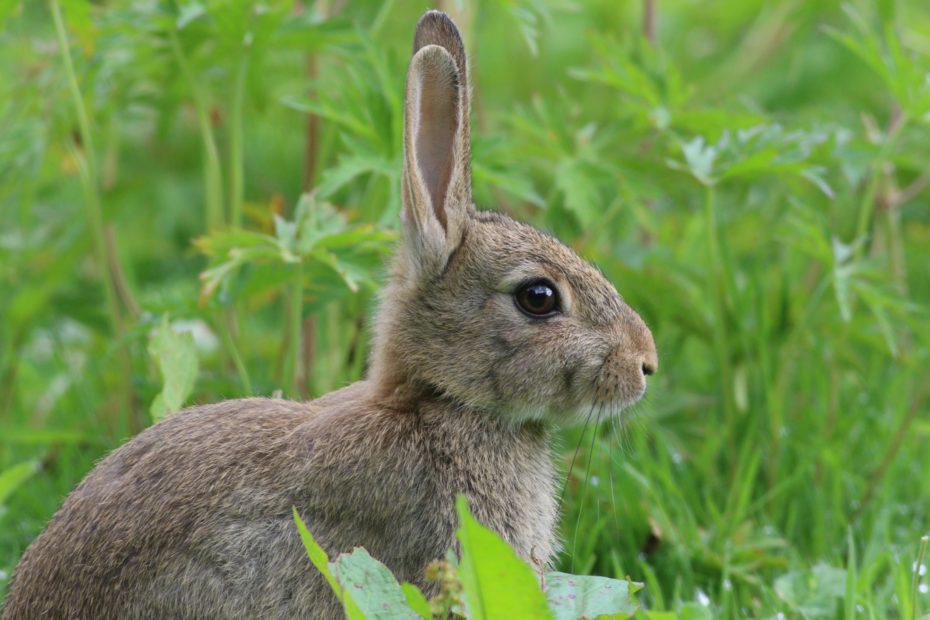Rabbit and hare management refers to the strategies and practices employed to control populations of rabbits and hares, which can often cause damage to crops, gardens, and natural habitats. These animals are known for their rapid reproduction rates and ability to consume large amounts of vegetation, which can lead to overgrazing and other ecological imbalances.
Here are some common methods used in rabbit and hare management:
- Fencing: Installing suitable fencing is one of the most effective ways to protect crops and gardens from rabbits and hares. Fences should be constructed with appropriate mesh size and buried underground to prevent burrowing.
- Trapping: Live trapping can be an effective method to capture rabbits and hares for relocation or humane disposal. Traps should be checked regularly to ensure captured animals are handled appropriately.
- Shooting: In some cases, shooting can be used as a method to control rabbit and hare populations. This method requires proper licensing and adherence to local laws and regulations.
- Biological Control: Introducing natural predators or diseases specific to rabbits and hares can help manage their populations. For example, the introduction of predators like foxes, ferrets, or certain bird species can help control populations naturally.
- Habitat Modification: Modifying the environment to make it less attractive to rabbits and hares can be effective. This may involve removing protective cover, reducing food sources, or altering vegetation patterns.
- Repellents: Various chemical repellents, such as taste deterrents or odor-based repellents, can be used to discourage rabbits and hares from entering specific areas. These repellents need to be applied according to their instructions and reapplied as necessary.
- Cultural Methods: Changing agricultural practices, such as crop rotation, planting less attractive vegetation, or utilizing scare devices, can help reduce rabbit and hare damage.
It’s important to note that the choice of management methods may vary depending on local laws, regulations, and the specific circumstances of the area being managed. It is recommended to consult with local wildlife authorities or agricultural extension services for guidance on the most appropriate and legal techniques for rabbit and hare management in your area.
